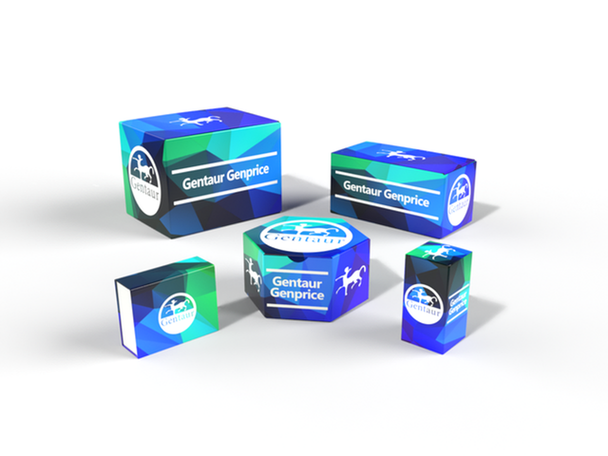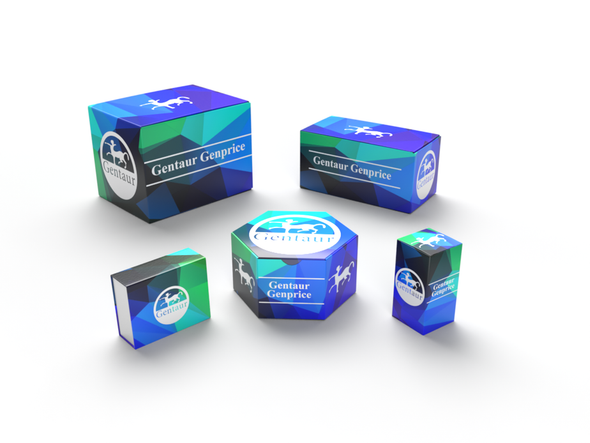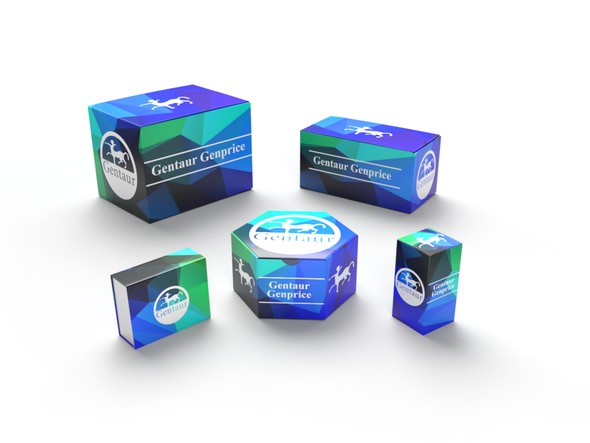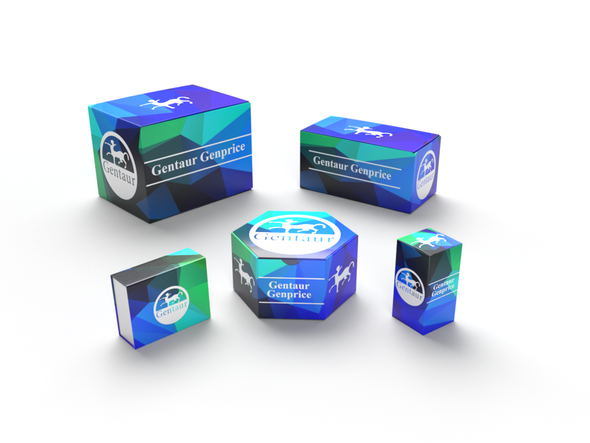Description
ABI1 Antibody | 63-507 | Gentaur UK, US & Europe Distribution
Host: Rabbit
Reactivity: Human
Homology: Predicted species reactivity based on immunogen sequence: Mouse, Rat
Immunogen: This ABI1 antibody is generated from rabbits immunized with a KLH conjugated synthetic peptide between 81-108 amino acids from the N-terminal region of human ABI1.
Research Area: Cell Cycle, Signal Transduction
Tested Application: WB, IHC-P, IF, Flow
Application: For WB starting dilution is: 1:1000
For IHC-P starting dilution is: 1:50~100
For FACS starting dilution is: 1:10~50
For IF starting dilution is: 1:10~50
Specificiy: N/A
Positive Control 1: N/A
Positive Control 2: N/A
Positive Control 3: N/A
Positive Control 4: N/A
Positive Control 5: N/A
Positive Control 6: N/A
Molecular Weight: 55 kDa
Validation: N/A
Isoform: N/A
Purification: This antibody is purified through a protein A column, followed by peptide affinity purification.
Clonality: Polyclonal
Clone: N/A
Isotype: Rabbit Ig
Conjugate: Unconjugated
Physical State: Liquid
Buffer: Supplied in PBS with 0.09% (W/V) sodium azide.
Concentration: batch dependent
Storage Condition: Store at 4˚C for three months and -20˚C, stable for up to one year. As with all antibodies care should be taken to avoid repeated freeze thaw cycles. Antibodies should not be exposed to prolonged high temperatures.
Alternate Name: Abl interactor 1, Abelson interactor 1, Abi-1, Abl-binding protein 4, AblBP4, Eps8 SH3 domain-binding protein, Eps8-binding protein, Nap1-binding protein, Nap1BP, Spectrin SH3 domain-binding protein 1, e3B1, ABI1, SSH3BP1
User Note: Optimal dilutions for each application to be determined by the researcher.
BACKGROUND: ABI1 has been found to form a complex with EPS8 and SOS1, and is thought to be involved in the transduction of signals from Ras to Rac. In addition, this protein may play a role in the regulation of EGF-induced Erk pathway activation as well as cytoskeletal reorganization and EGFR signaling.






